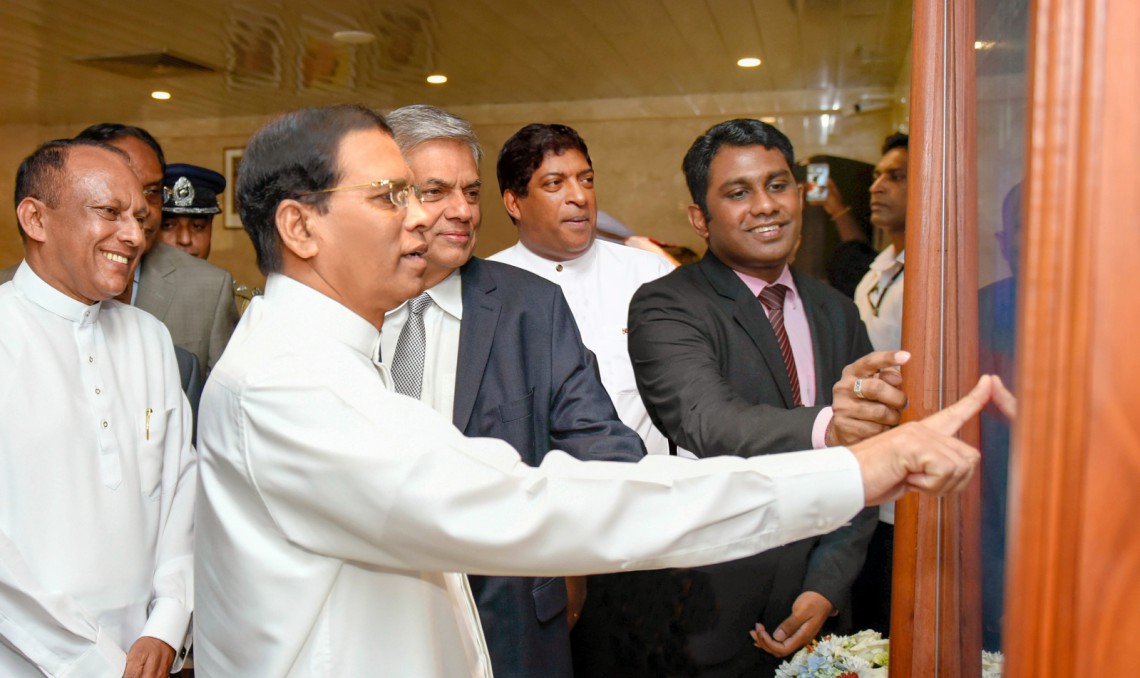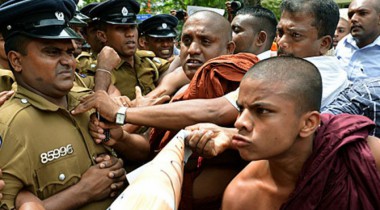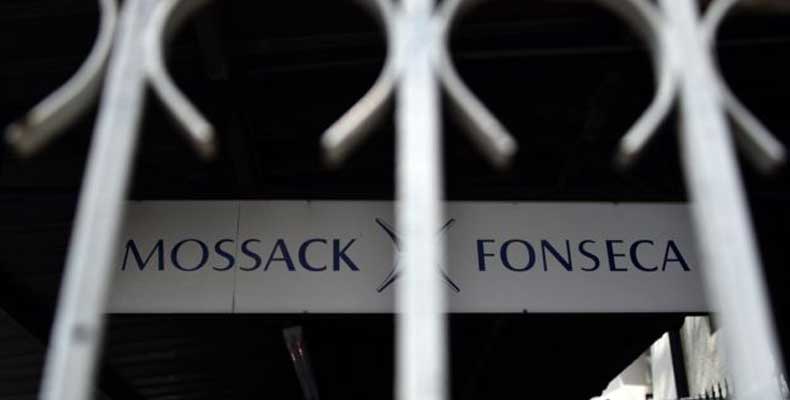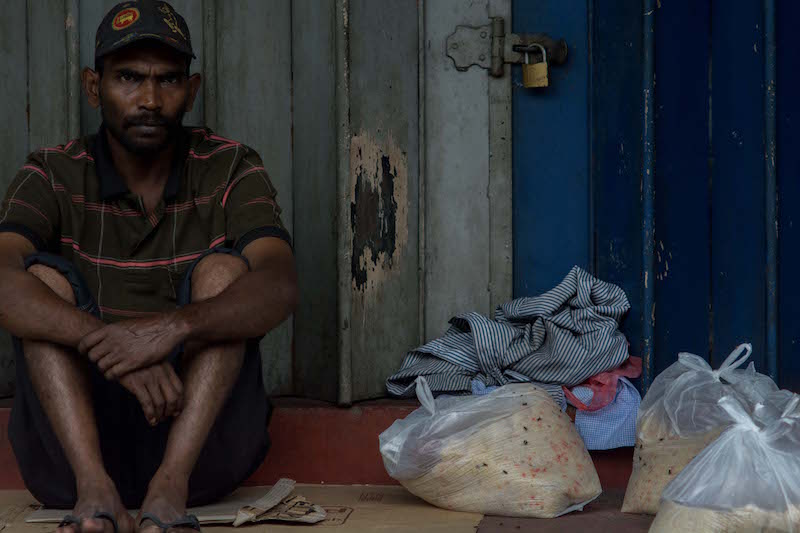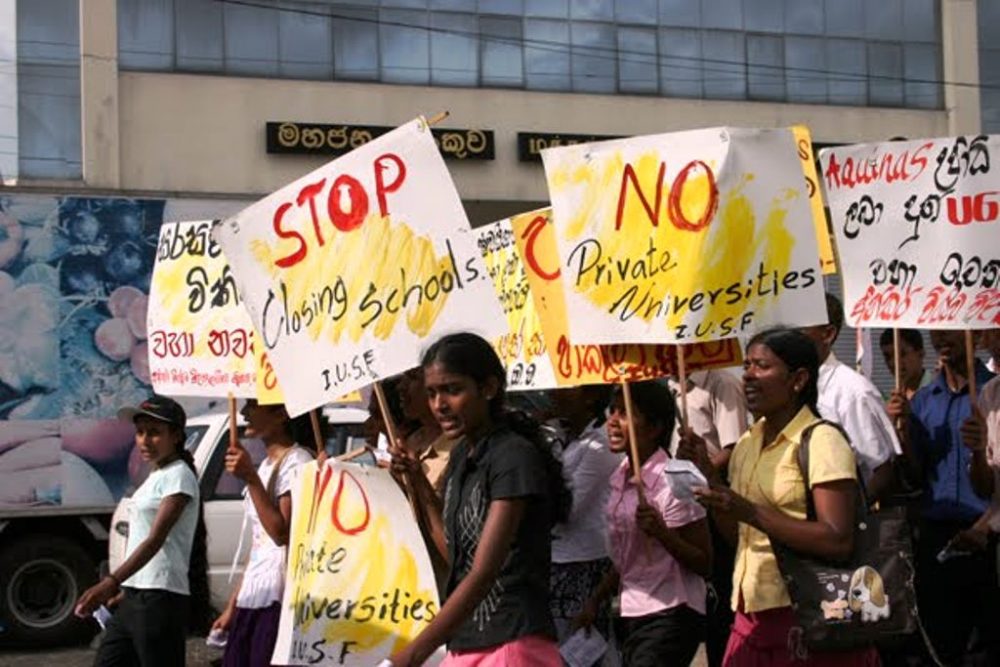
Higher education in Sri Lanka has, for decades, been a highly politicised function. From ragging to youth unrest and clashes between faculties, issues relating to tertiary education have become unavoidably political, with a number of political parties ‒ particularly the more left-leaning ones ‒ appearing to champion populist causes espoused by radical university students in an attempt to, pardon the pun, capitalise on the ideological and socioeconomic divisions that have arisen and festered in the university system over the years. Among the many such contentious issues, however, the one that invariably takes centre stage, year after year, is the hotly debated question of private participation in higher education. The mere suggestion of de-monopolising the State in the education sector is so controversial that any meaningful discourse is immediately drowned in a cacophony of anti-capitalist slogans, misinformation, and fear-mongering, leading would-be reformists to shrug their shoulders and move on. The fact remains, however, that tertiary education in Sri Lanka is desperately in need of a major upheaval, and whether or not private participation is a viable solution to that is, at the very least, worth exploring.
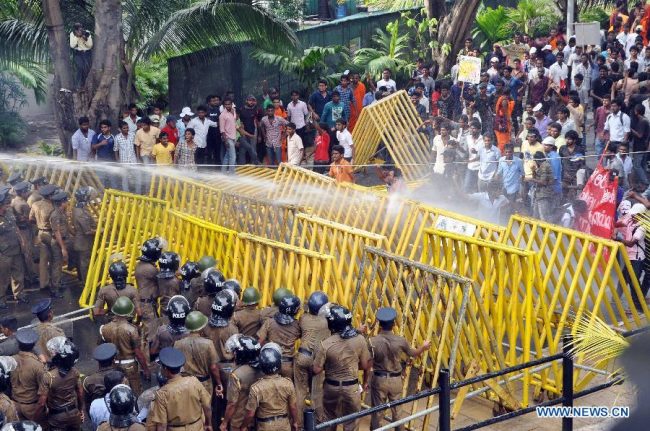
Student protests on the streets of Colombo are not an uncommon phenomenon – and too often, the focus of the protest has been with regard to private education. Image credit: Xinhua/Gayan Sameera
One of the more common arguments for privatisation of higher education is that only about 17% of students that qualify for university education in Sri Lanka actually gain entrance to a state university. Meaning that hundreds of thousands of otherwise bright young men and women get left behind thanks to a flawed system that cannot accommodate all of them at once. This, proponents of private universities argue, results in an inequitable situation where a citizen’s right to education is robbed of them simply because they were a single decimal point short of the required Z score, thereby justifying the existence of private universities. The anti-privatisation camp, however, while acknowledging that state universities cannot absorb all qualified students at once, counter-argues that not all of those students will be able to afford private education. There cannot be equity, they point out, in a system that allows only an affluent few to get a degree. Even if that were the case, however, an argument can be made that more students in universities ‒ rich, middle class or poor; state or private ‒ can only be better for the country, in terms of developing a competent labour force.
Which brings us to yet another favourite argument against private universities: the alleged commodification of education. Those in favour of private universities, such as Prof. Rohan Samarajiva, have pointed out that higher education, whether state or private, ultimately seeks to cater to the job market, with credentials being its principal product. Not everyone is convinced, however. Those on the other side of the divide, such as Former Vice Chancellor at the University of Sri Jayewardenepura Prof. Narada Warnasuriya, while agreeing that tertiary education is, in fact, a commodity, have argued that it is a social commodity whose public value is great and indisputable. Others have said that the university is where a student acquires the truly important life skills that will be useful later on in the real world such as independent thought, creativity, and imagination ‒ all attributes the job market, particularly in the private sector, tends to give preference to when hiring. A private university would have no incentive to inculcate such skills and values in their undergraduate students, they argue. Critics, however, scoff at the suggestion that state universities encourage their student population to think outside the box at all.
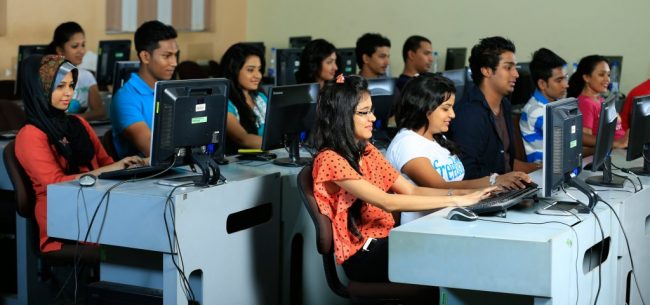
It isn’t the quality of state education that creates a need for alternative options, but its inability to cater to an increasing demand for tertiary education. Image courtesy sltc.lk
The 2016 budget saw the allocation of 5.4% of the GDP for education. Although, once capital carrying costs are removed, the figure drops to 2.7%. Which is still a fairly significant (31%) increase from the allocation of 2015 (2.07%). This is probably as close as we’ll get, at least for the time being, to the near-mythical 6% figure that activists have been clamouring for for years. However, it’s still not enough. The demand for tertiary education is so high that, the pro-private education side argues, public investment just cannot continue to supply it.
Calls for reputed international universities to set up shop on Sri Lankan soil has also fallen on deaf ears. Indeed, Sri Lanka missed that bus in in the late 1990s, which was promptly picked up by Malaysia where, today, some 47 private universities operate freely, attracting students from across the globe, in addition to its 20 well-funded public universities. In 2011, Malaysia spent 5.9% of its GDP on education. The Government of Malaysia was particularly generous in the year 2002, having allocated an unprecedented 7.66% of its GDP on the sector.
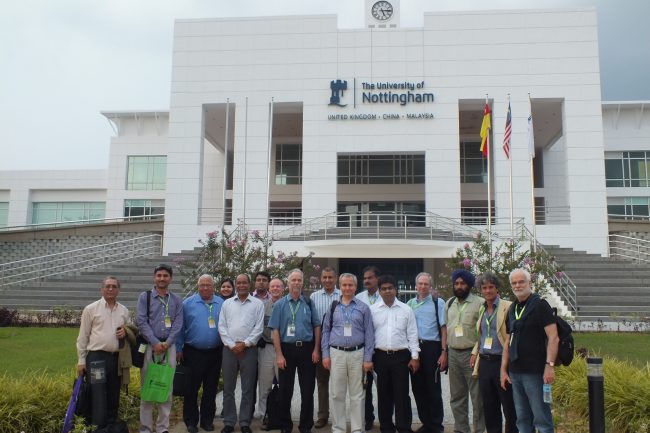
Malaysias tertiary education sector progressed significantly after the country welcomed foreign universities such as Monash and Nottingham to set up campuses on local ground. Image courtesy blogs.nottingham.ac.uk
Needless to say, it is unrealistic to expect such impressive numbers in Sri Lanka at present, which only serves to further strengthen the case for private investment. Children of financially well-off families (relatively speaking, of course) who are unable to gain admission to a state university will always seek higher education outside of the country, resulting in the continued outflow of all too valuable foreign exchange. Not to mention, the brain drain that occurs when some of those students inevitably decide to find employment and, in some cases, permanent residence, in the countries that gave them their higher education.
The presence of private sector players will no doubt help ease this growing burden, but whether establishing more private universities is the cure for all ills in higher education is still very much up for debate. Among the biggest concerns with regard to private universities is the lack of a sound regulatory system to ensure quality of the curriculum offered. The University Grants Commission (UGC) already recognises degrees awarded by a number of private and semi-government institutes including the Sri Lanka Institute of Information Technology (SLIIT) and the controversial SAITM, as well as private nonprofits such as Aquinas College of Higher Education. A couple of these institutes, incidentally, rank in the top 20 universities in Sri Lanka. However, there are numerous other degree-awarding institutes operating in the country that are not recognised by the UGC, and those opposed to private universities caution that allowing private universities to operate freely could result in the “mushrooming” of substandard institutes set up with the sole purpose of turning a profit. There is also the nagging problem that, as citizens of a developing country, only a handful of Sri Lankans will be able to pay the astronomical tuition fees that will surely be charged by such profit-motivated organisations.
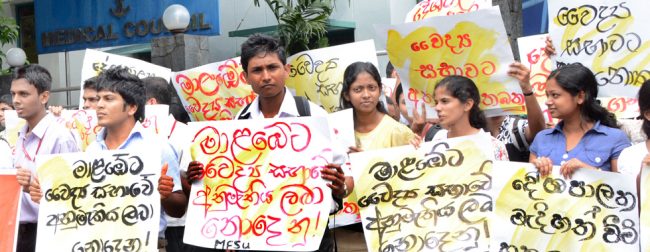
SAITM, the private medical college in Malabe, has especially been dragged through a great deal of controversy in recent times. Image credit sundaytimes.lk/M.D. Nissanka
Such a scenario, however, could be prevented ‒ or at least its effects minimised ‒ if the Government could step in and bring about a competent regulatory mechanism. The state could also provide scholarships and low-interest student loans for deserving students and perhaps even negotiate an affordable fee structure, so as to ensure that at least a semblance of equity prevails in private higher education.
If, however, we decide that private universities are not the way forward, one solution that has been suggested is the expansion of existing state universities with private sector funding. A Public Private Partnership (PPP) model, à la the cost-sharing system successfully implemented in China, could allow the state to maintain quality control of private universities while ensuring equity.
Ultimately, no matter what the powers-that-be decide to do, it goes without saying that tertiary education in Sri Lanka absolutely must undergo a serious restructuring. This may be achieved through the introduction of private universities; or perhaps the only way to guarantee quality and accessibility is to maintain the status quo with carefully planned expansion of existing state universities over time. Or maybe it will require an entirely new, original and, most importantly, homegrown approach that we have yet to formulate. Chances are, this debate will continue for years to come ‒ and rightly so. What will matter in the end is that a pragmatic solution is arrived at that doesn’t put the country’s future in jeopardy, because, at the end of the day, only an educated and informed populace can bring about the kind of meaningful development that we can all agree this country deserves.
Featured image courtesy colombotelegraph.com


